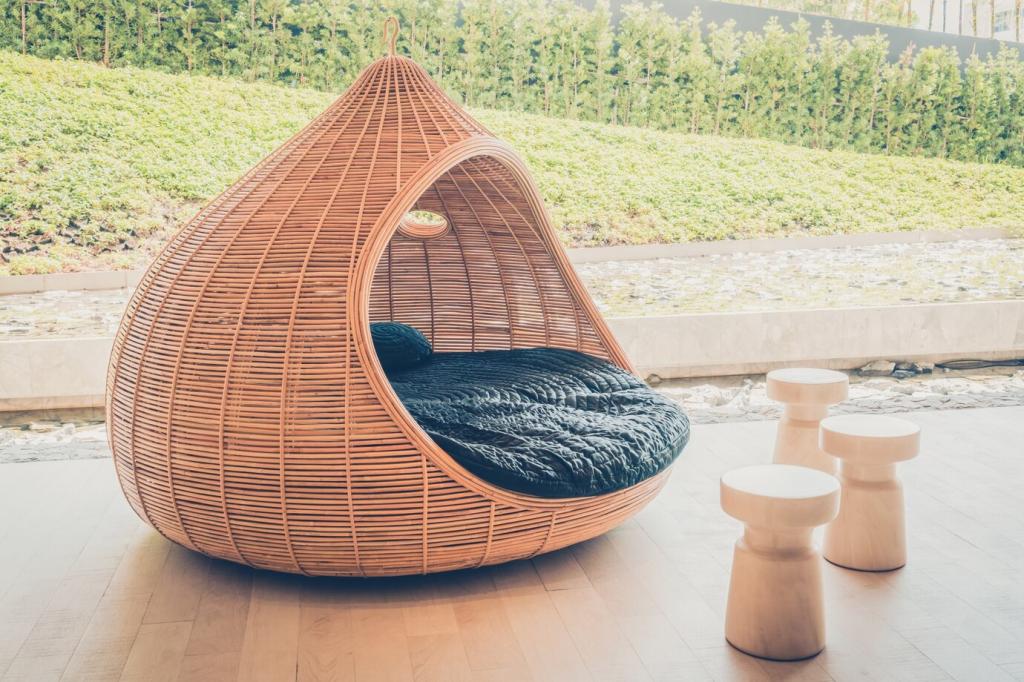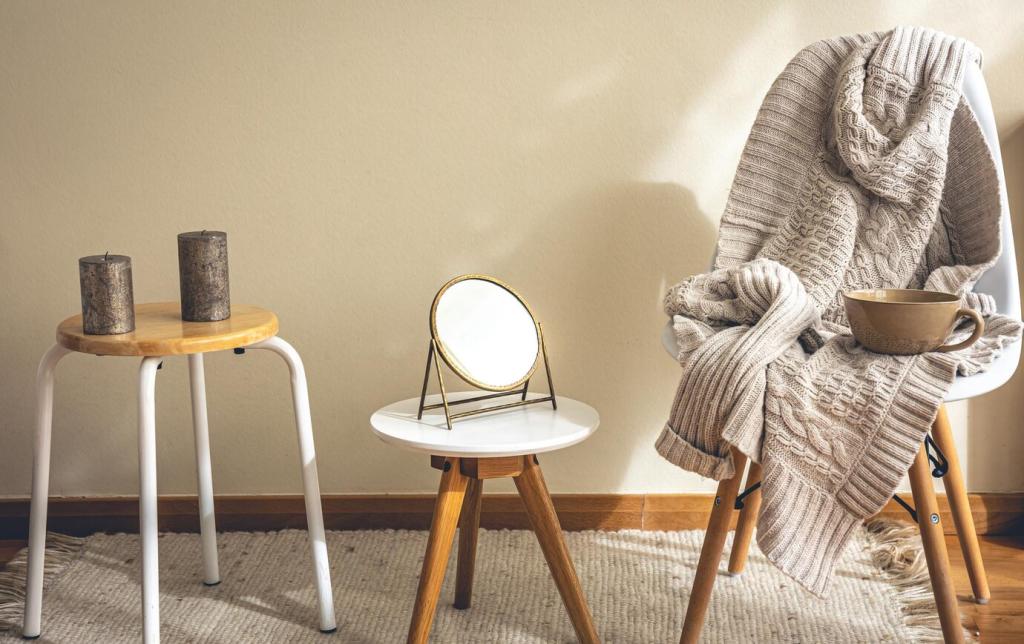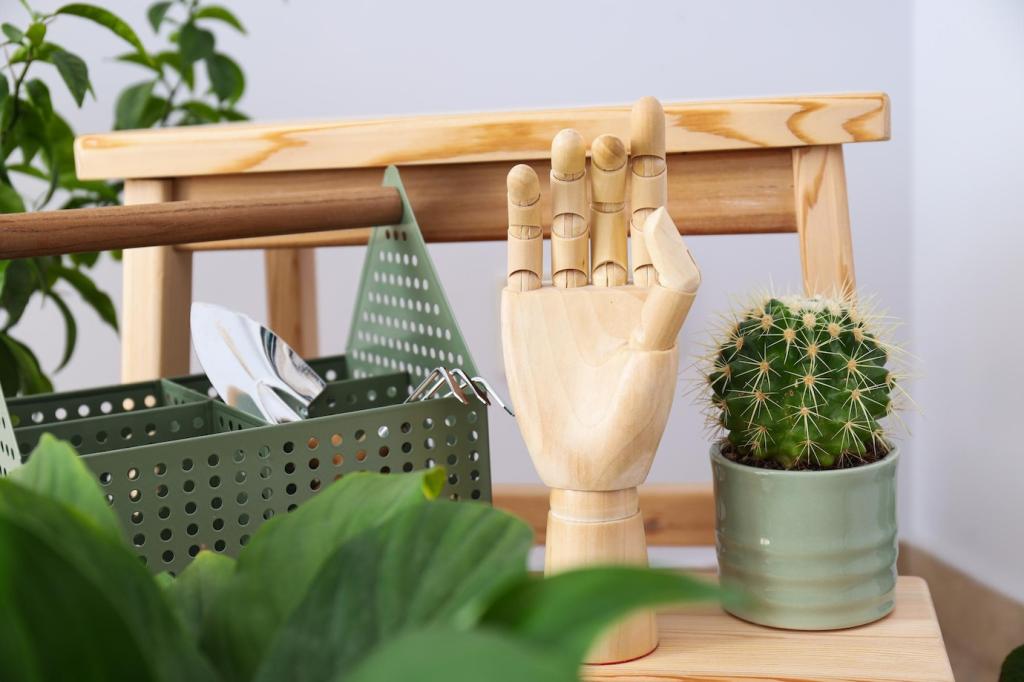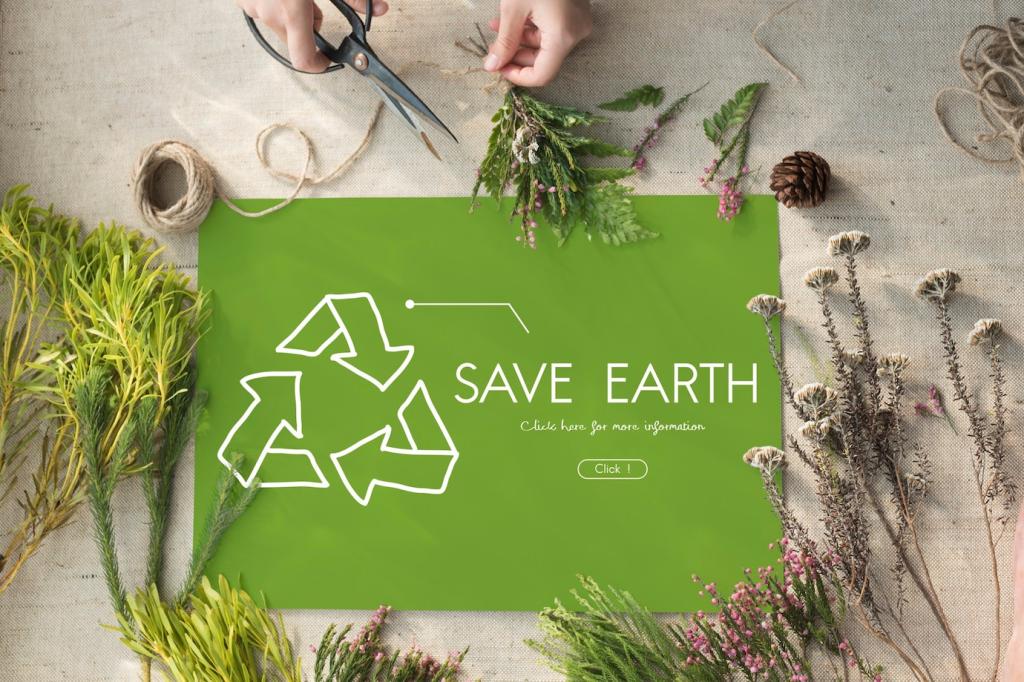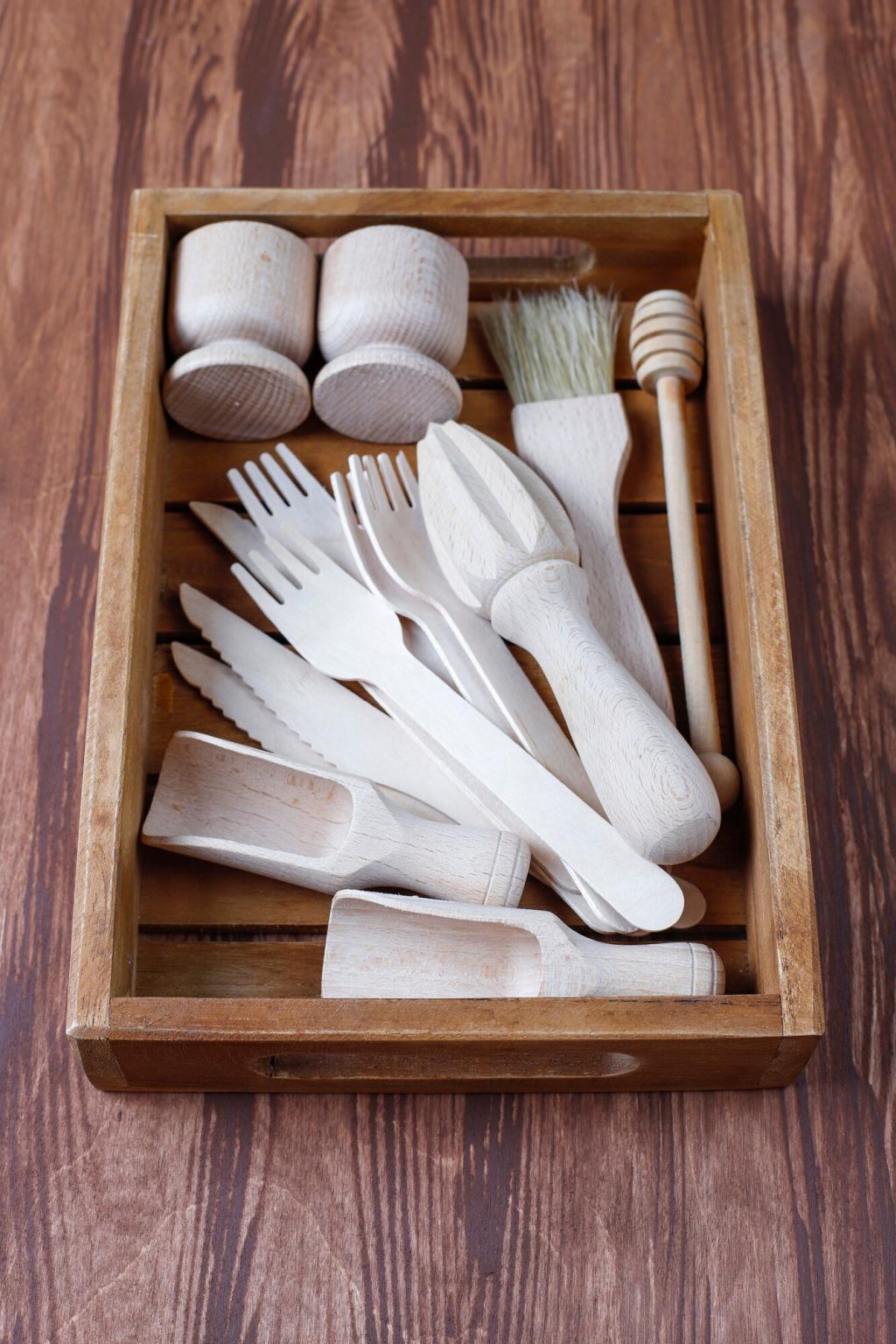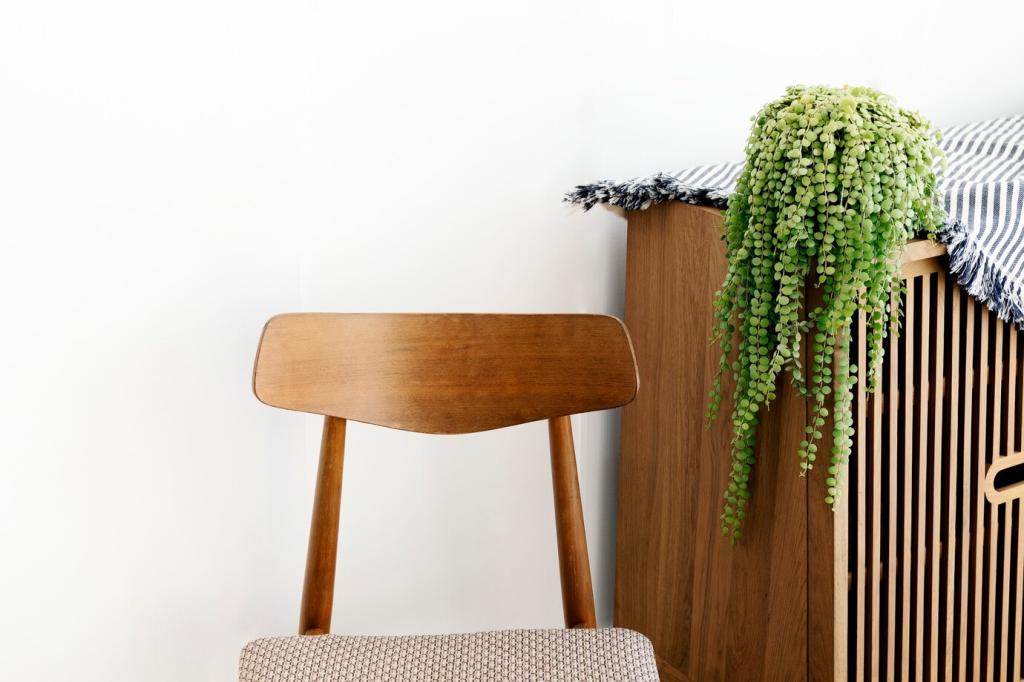Care, Repair, and User Engagement
Recommend gentle, plant-based cleaners, avoid prolonged puddling, and encourage seasonal checkups on joints. Post a printable care card, and invite readers to share before-and-after repair photos.
Care, Repair, and User Engagement
Include extra wedges, fiber slivers, and a small vial of bio-adhesive. QR codes link to two-minute repair videos. Ask your audience which repairs they want covered in next month’s tutorial.

